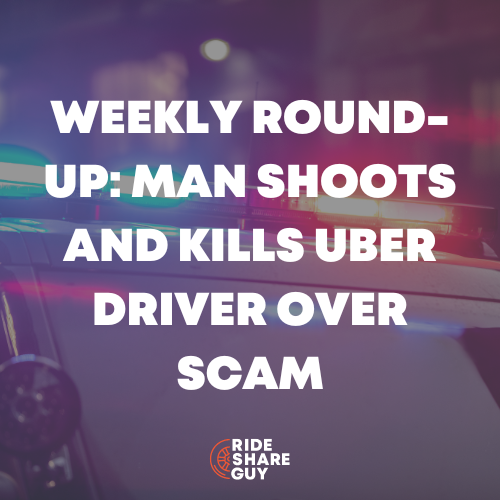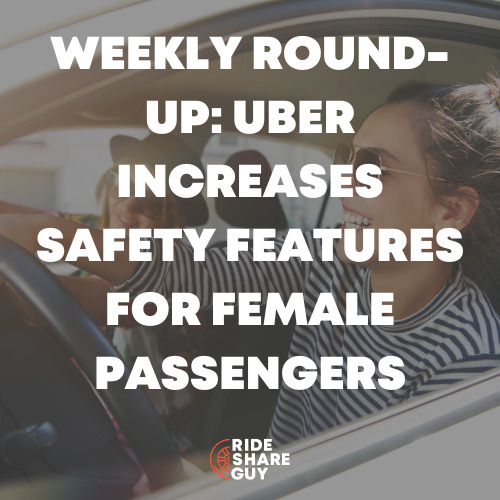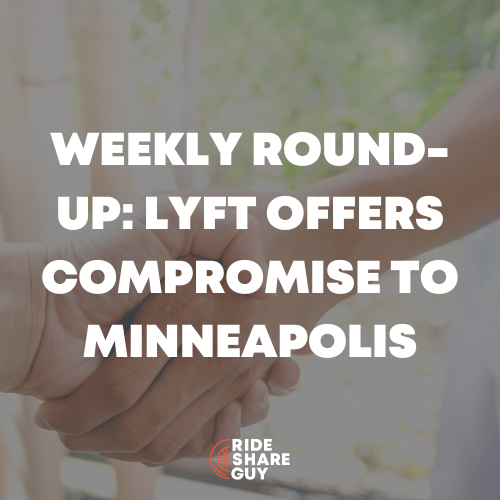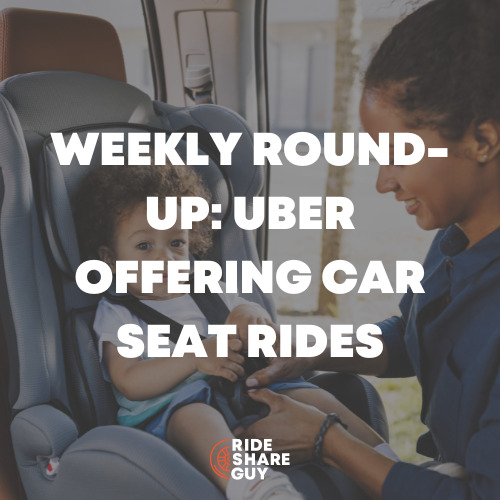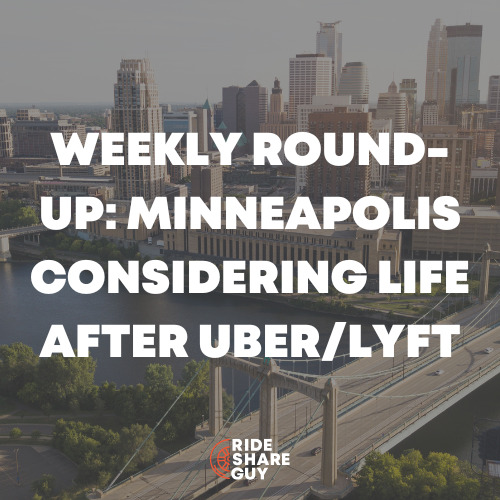I’m currently in Cuzco, Peru getting ready for my 5 day trek to Machu Picchu with my wife but there was still a lot that happened in the rideshare world this week. Today, RSG contributor, John Ince takes a look at a big new partnership between Lyft and Did Kuaidi that could threaten Uber’s interests abroad in China and in the US too.
If you have any thoughts or questions about this week’s stories, please leave a comment below.
Uber’s Chinese Rival Didi Kuaidi Quietly Backs Its U.S. Rival Lyft
Uber’s Chinese Rival Didi Kuaidi Quietly Backs Its U.S. Rival Lyft
Sum and Substance: China’s homegrown ride-hailing service has opened a new front in its battle with global industry leader Uber Technologies Inc. by backing Uber’s biggest U.S. rival, Lyft Inc. In a funding round that closed in May, Didi Kuaidi Joint Co. invested in Lyft alongside China’s top Internet companies, Alibaba Group Holding Ltd. and Tencent Holdings Ltd
My Take: This is a very interesting development. Most analysts have just assumed that because Uber has such a massive war chest … approaching 6 billion in capital raised – that it’s the presumptive winner in the ride-hail wars. But if Lyft has developed a financial relationship with two deep pocketed Chinese investors who have a direct vested interest in seeing Uber defeated, it suddenly starts to level the playing field. There were other articles on this which revealed that this partnership may be deeper than was previously assumed. Apparently Chinese Didi users visiting the United States can log into Lyft with their app and vice versa. In effect Lyft just got a toehold in China and Didi opened up operations in the United States. Stay tuned, this show is just beginning …
Uber, Lyft: Listen to drivers now or deal with unions later
Sum and Substance: Still, tension among drivers is building amid reports of low wages and unfair business practices. Drivers, including many immigrants, say they were unaware of the true costs and risks of using their personal vehicles. One independent contractor, Takele Gobena, 26, told The Seattle Times that once expenses were counted, he took home less than $3 per hour last year. Customers hear such stories and wonder how fast-growing corporations — Uber is now valued at more than $50 billion — could allow such low compensation. Seattle officials have done their part in being open to dealing with disruptive technology, so transportation network companies ought to engage and cooperate with City Hall. Lyft and Uber should be more responsive to drivers’ concerns now — before city officials clear the way for unions to form later.
My Take: I’ve featured this editorial because it touches a nerve for drivers … If Uber continues to ignore the interests of drivers, it will have long term repercussions.
Uber Raises UberX Commission To 25 Percent In Five More Markets
Sum and Substance: Why should Uber charge its drivers less when it can charge them more? Since it launched in 2012, Uber’s popular, low-cost service UberX has always had a 20% commission, where Uber takes a one-fifth of the fare (or, in Uber’s parlance, drivers pay a 20% fee to license the technology). But last year, Uber started testing whether it could charge drivers more for the same thing. Any drivers in San Francisco who signed up after September 2, 2014 had to fork over 25% of their pay to Uber instead. Then in May, Uber put a small group of new San Francisco and San Diego drivers in a pilot program with commissions that went up to 30%. Rising commissions aren’t an experiment anymore. In the last few months, Uber has quietly bumped up commissions from 20% to 25% for new drivers in five cities. New York City drivers who joined as of April will pay 25%, as well as drivers in Toronto, Indianapolis, Boston and Worcester, Mass., who joined as of August, the company confirmed.
My Take: Once Bloomberg obtained leaked Uber financials that showed a $400 million operating loss, I’ve suspected it’s just a matter of time until they start jacking up commissions. Only problem for Uber is that Lyft is keeping their commissions at 20% and in some cases lower. Slowly the competitive landscape is shifting. The big question is whether Lyft’s better deal for drivers is enough to offset their lower coverage in most areas.
California agency rules former Uber driver was an employee
Sum and Substance: This now makes three cases — one in Florida, and one other in California — where individual Uber drivers have been ruled to be employees. Significantly, though, as Reuters points out, Uber has already appealed this case twice, unlike the other cases. The company had both of those appeals rejected. “The only aspect of the trip left to the rider’s discretion was the route,” according to the ruling on the second appeal, from the California Unemployment Insurance Appeals Board. “Even in those cases, if the claimant had deviated from the suggested route by the appellants applications, she might need to explain the reasons.” Uber downplayed the significance of the ruling, telling Reuters that the case “does not have any wider impact or set any formal or binding precedent.”
My Take: The big question here is just how long Uber can continue to “downplay the significance of these rulings” and still maintain the confidence of their investors.
How Stephen Colbert Blew It With Uber CEO Travis Kalanick
Sum and Substance: Uber used Colbert like the State Department used Judith Miller Stephen, I realize it’s only entertainment and that your job is to make people laugh. But when you bring on a very un-funny fellow like Travis Kalanick, it seems you and your production team should think a little more cleverly about how you put lipstick on that pig. This is not at all a defense of Big Taxi, which in many cities has provided crappy service for years. Those who believe that ride-sharing companies like Lyft, Sidecar and even Uber have provided a badly needed alternative will get no argument from me. But that doesn’t mean that Kalanick wasn’t dancing circles around you, Stephen. It’s not just that you edited out of the final TV broadcast the shouting dissenters in your audience who tried to dispute the Uber CEO’s typical claims. But your fact checkers and production team should have prepared you better for not letting Kalanick turn you into his tool, like Judith Miller and the press pack at a State Department briefing.
My Take: This is a highly opinionated point by point takedown of Travis Kalanick’s statements in his 6 minute Colbert appearance last week. Most of Steven Hill’s points appear to me to have merit. He backs them up with ample data, and takes Uber’s CEO to task for trying to repeatedly pull one over on the media. One comes away with the clear impression that Uber is playing a highly exploitive game with drivers and with the media. The big question is how long they can continue to get away with it before there’s some driver fallout – the kind of fallout that they actually have to pay attention to.
Travis Kalanick Interview on YouTube
Sum and Substance: The interview was viewed by close to 6 million people live, with another few hundred thousand on YouTube. Kalanick came across as smooth – a very effective spokesperson for Uber – with a reasonable sense of humor. But judging from the tenor of comments to the interview, he was not well received by much of the audience. Here’s a sampling of YouTube viewer reaction to the interview:
• This guy seems like a total bullshitter. First saying how great uber is for drivers. Then saying how he’s going for driverless cars. lol
• You don’t get to be a CEO without being a professional bullshitter/backstabber.
• Travis Kalanick seems like a creep (and borderline criminal) in this video: especially his explanation of variable pricing (surge pricing ), essentially skimming people for the most they will pay under duress. And he is additionally creepy and evasive in his explanation of food delivery.
• If surge was really about supply and demand then the surge wouldn’t be geographically specific to tiny areas (rich/white/commercial) of the cities Uber operates in. They would make the surge city wide. They would also not allow their own drivers to manipulate surging or post so openly on the internet how they manipulate surging.
My Take: Looks to me like TK is rapidly becoming a polarizing figure … just like most media celebrities.
What do you guys think about all of the top stories of the week?
-John @ RSG
